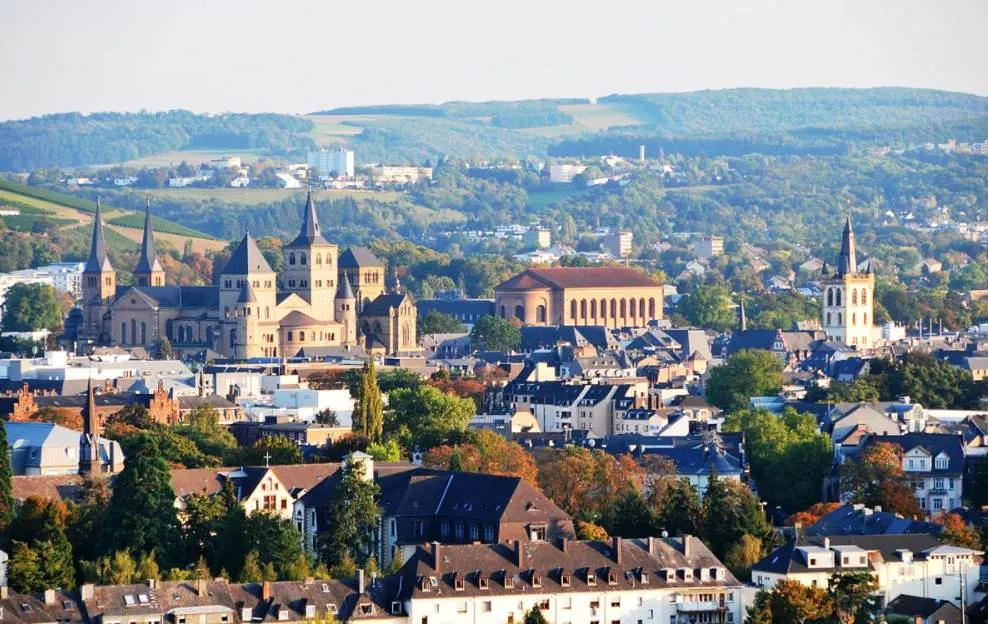Every major Roman city had multiple entertainment complexes so the people could have a great time. These included bathhouses, Roman amphitheaters, and sometimes even large stadiums to hold chariot races.
One of the ancient Roman cities was built in the western part of modern-day Germany and was home to one of the most amazing Roman Bathing complexes in the empire.
Let’s take a closer look at some of the most interesting facts about the Trier Imperial Baths, an ancient Roman building of which the ruins have a history of over 1,600 years.
1. The baths are located in the heart of Germany’s oldest city
Trier is a city that was built on the banks of the Moselle in the west of Germany. The landscape that surrounds the city is nothing short of magnificent and is part of the Moselle wine region.
The city was founded by a Celtic tribe called the “Treveri” in the late 4th century B.C. and was named “Treuorum.” This is why it’s considered to be the oldest city in Germany.
The Romans conquered this Celtic city in the first century B.C. and established the Roman city of Augusta Treverorum in 16 B.C. It gradually grew into one of the most important cities in the Roman Empire.
By the 4th century, the period in which the Trier Imperial Baths or Kaiserthermen were built, the estimated population of the city had grown to anywhere between 75,000 and 100,000 inhabitants.

2. Trier briefly became a capital in the Empire known as “The Second Rome”
The city was conquered during the reign of the first Roman Emperor Augustus and was one of the few that was named in his honor. The name translates to “The City of Augustus among the Treveri.”
After the initial conquest, Augusta Treverorum gradually grew from an important center of commerce to one of the most important cities of the Roman Empire north of the Alps.

It was not only the capital of the province of Belgic Gaul but also became the administrative center from which most of the Western Roman Empire was controlled.
The city gained imperial status during the reign of Emperor Diocletian and his tetrarchy and became one of the capitals of the Roman Empire. By this time, Augusta Treverorum was referred to as “The Second Rome,” quite a title in such a vast empire.
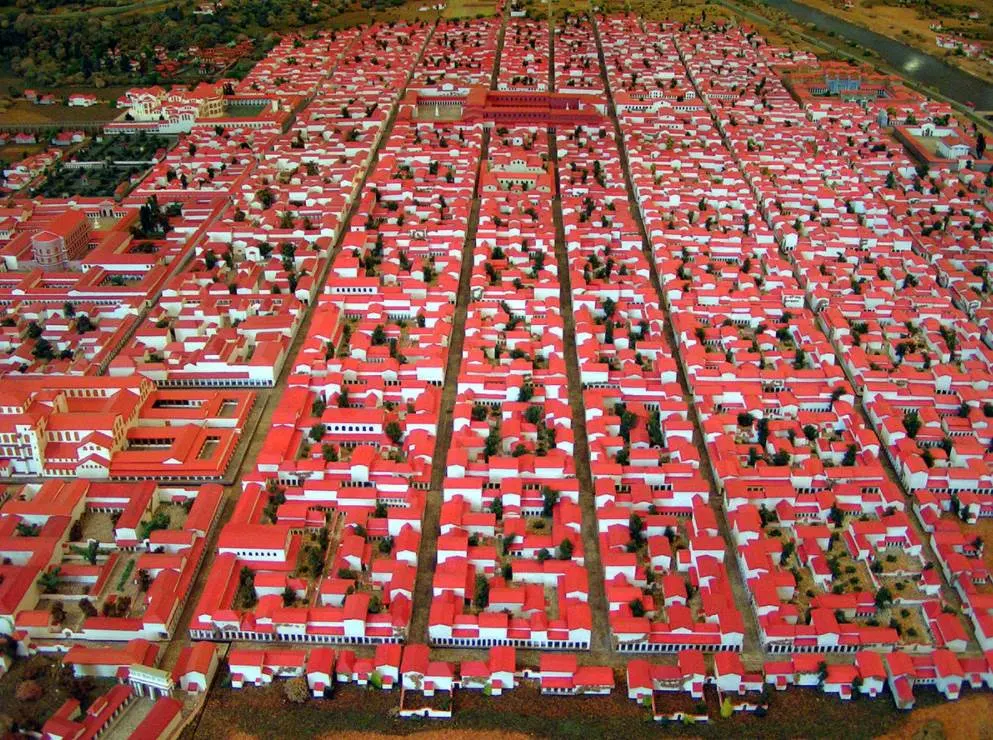
3. The baths replaced a larger bathhouse in Augusta Treverorum
A city of this size was bound to have several entertainment venues, and Augusta Treverorum didn’t lack in this area. The Trier Roman Amphitheater was one of them and there were also several bathhouses.
The Trier Imperial Baths were constructed in the 4th century and replaced the even bigger bathhouse complex known as the “Barbara Baths” or “Barbarathermen.”
These were constructed in the 2nd century A.D. and were considered to be the largest bathhouses north of the Alps until they fell in disuse in the 4th century. Today, nothing more than ruins remain of this complex as the stones were used as building materials for other projects during the Middle Ages.
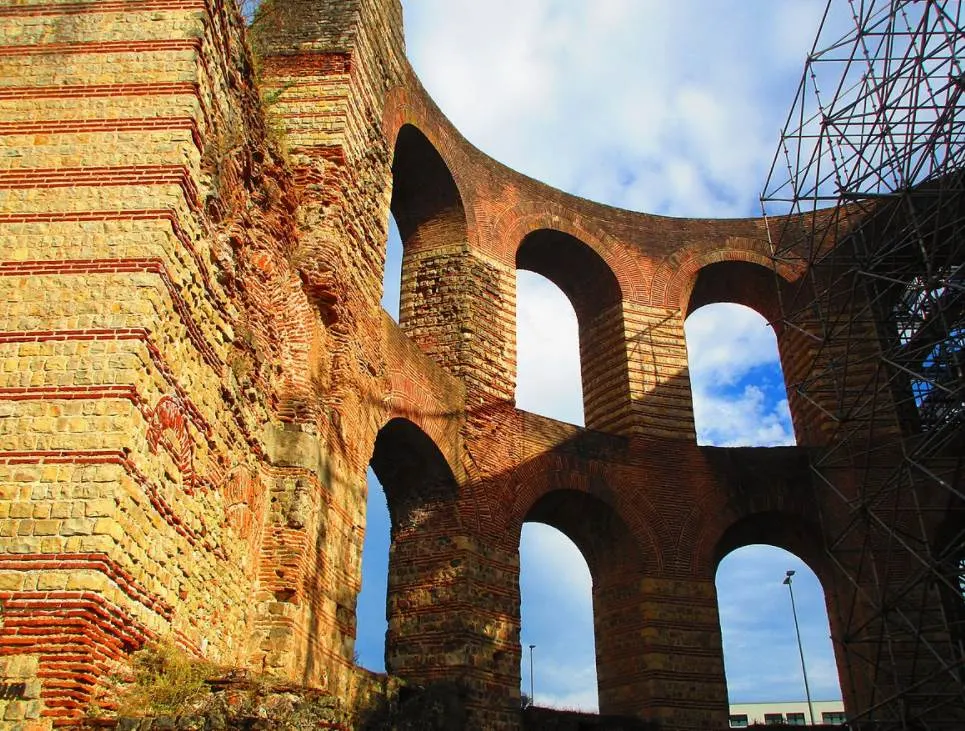
4. The Imperial Baths were part of a 4th-century construction project
Because the importance of the Roman city had grown significantly over the centuries, a new bathing complex was constructed to emphasize its imperial power. That’s why the Kaiserthemermen were built in the 4th century.
Just north of the baths, another 4th-century structure can be found that was built during the reign of Roman Emperor Constantine the Great. He commissioned the construction of the “Aula Palatina” or “Basilica of Constantine.”
This building has been remarkably well-preserved, mainly because it has been used as a church ever since and is still used as a Church of the Redeemer today.

5. The Baths fell in disuse after the Romans lost control in the 5th century
The decline of Augusta Treverorum started when the Romans moved the administrative center from this city to the modern-day city of Arles in southern France. This happened anywhere between 395 and 418.
The Roman Empire was already doomed by then and the city ended up being seized by the Franks in the year 459. Until this point, the Trier Imperial Baths had been in use.
The Franks didn’t share the hobby of taking a bath in a public space so they fell in disuse shortly after, just like the many Roman bathhouses all across the Western Roman Empire that suffered the same faith around this time.
More interesting facts about the Trier Imperial Baths
6. The population of Trier approached 100,000 inhabitants at its peak, the time that the Imperial Baths were constructed. This means that almost the same number of people lived in the city in Roman times like today. Around 110,000 people live in the city in Germany today.
7. Augusta Treverorum was a walled rectangular city that was defended on all 4 sides by a city gate. One of these city gates is referred to as the “Porta Nigra” and still stands in the city today.
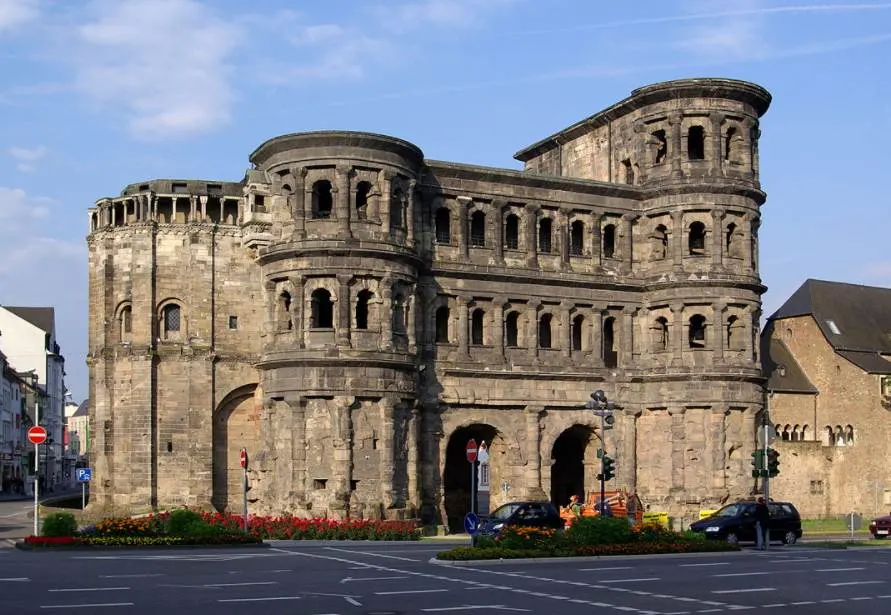
8. The construction of this gate was started in 170 A.D., well before the Imperial Baths were constructed. It was remarkably never finished but remained one of the 4 entrance gates of the city until the Romans lost control of Trier in the 5th century.
9. Although most of the bathing complex lay in ruins today, we can still admire the elaborate level of engineering capabilities of Roman engineers. The baths were supplied by aqueducts that ended in underground passages and tunnels.
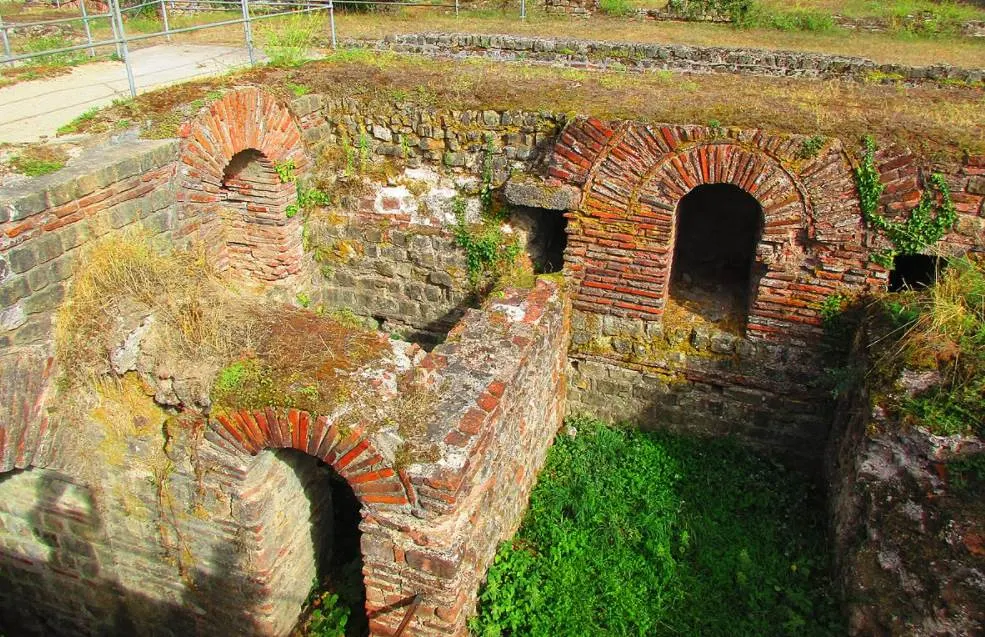
10. It’s one of the 9 structures that make up a UNESCO World Heritage site including the Roman Monuments, the Cathedral of St Peter, and the Church of Our Lady in Trier.
These structures in Trier were added to the list in 1986 and are described by the organization as follows:
Trier is an example of a large Roman capital after the division of the empire. The remains of the Imperial Palace, in addition to the Aula Palatina and the Imperial Thermae, are impressive in their dimensions.
